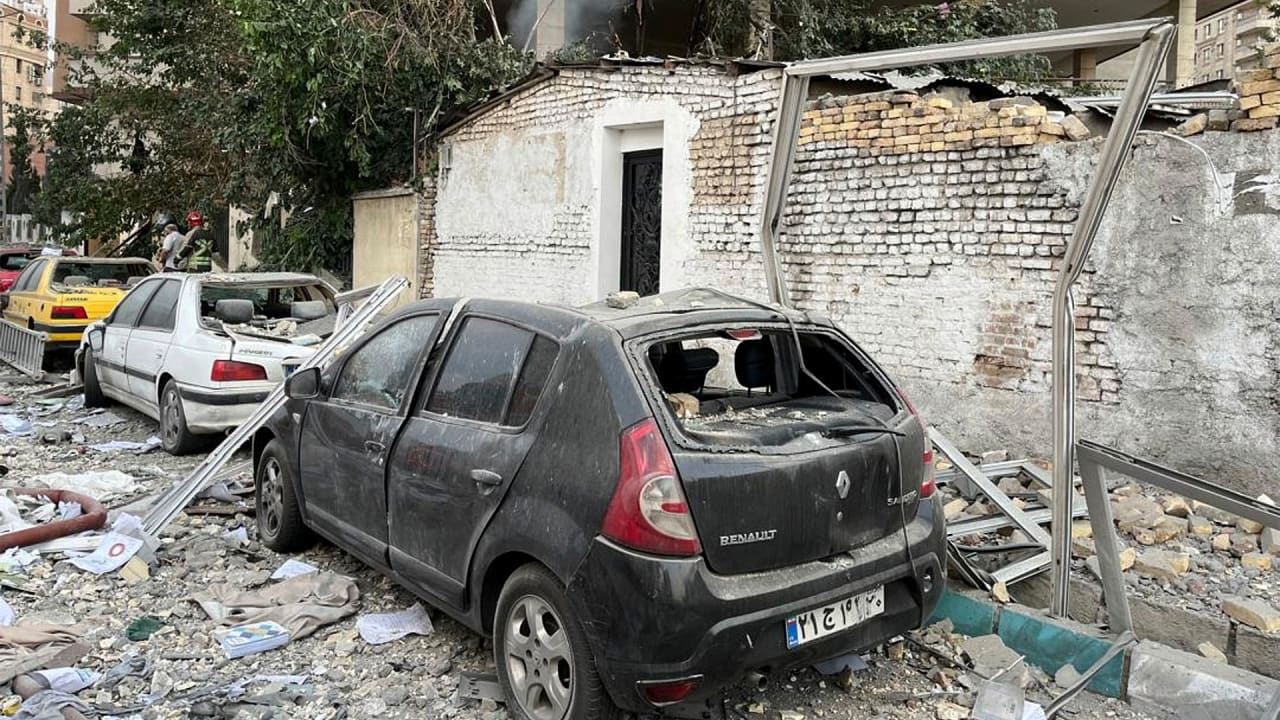7 Easy Steps to Use a Pipe Volume Calculator for Accurate Results
Learn how to accurately calculate pipe volume with ease. Our 7 simple steps help homeowners use a Pipe Volume Calculator for any DIY plumbing project.

Introduction
Whether you’re remodeling your home, tackling a DIY plumbing project, or simply trying to better understand how water flows through your pipes, calculating the volume of a pipe might not be as complex as it sounds. With the right tool—a Pipe Volume Calculator—you can quickly get accurate results without advanced math skills or expensive equipment. This guide will walk you through seven straightforward steps so that even if you’ve never picked up a wrench in your life, you’ll feel confident managing your project.
First, let’s answer an important question: what exactly is a Pipe Volume Calculator? In simple terms, it’s an online or digital tool that helps you determine the internal volume of a cylindrical pipe. This is essential when you want to know how much liquid or gas the pipe can hold. For homeowners, this could be handy for planning plumbing upgrades, irrigation systems, or even understanding how much water your garden hose can carry at one time. Sounds useful, right? Let’s get started.
Step 1 – Gather the Necessary Measurements
Before you can make use of a Pipe Volume Calculator, you need two key pieces of information: the inner diameter and the length of your pipe. Think of this step as gathering your ingredients before cooking; without them, you can’t get very far.
Measuring the Inner Diameter
The inner diameter (often abbreviated as ID) is the width of the hollow part inside the pipe, not the outer wall. This measurement determines how much fluid can flow through the pipe. To measure this, you can use a tape measure or a caliper for more precision.
-
If the pipe ends are exposed (like in a cut section), simply measure from one inner wall straight across to the opposite inner wall.
-
If you can’t easily access the ends, try measuring the outer diameter and subtract twice the wall thickness (if you know it).
Example:
Outer diameter = 3 inches
Wall thickness = 0.25 inches
Inner diameter = 3 - (0.25 × 2) = 2.5 inches
Tip: Always measure in inches or millimeters—whatever unit your calculator accepts. Write it down to avoid remeasuring later.
Measuring the Length of the Pipe
Next, measure the full length of the pipe in a straight line from one end to the other. A standard measuring tape works perfectly here. If your pipe runs in sections or curves, measure the total length of the sections combined.
Key Reminder: Be as precise as possible. Even small inaccuracies can skew your final volume calculation, especially over long pipe distances.
Step 2 – Choose the Right Calculator Tool
Now that you’ve got your measurements, it’s time to find a Pipe Volume Calculator. You have two options: do the math manually or let an online tool handle it for you.
Online Pipe Volume Calculators vs Manual Calculation
Manually calculating pipe volume involves the formula:
Volume = π × (radius²) × length
Unless you enjoy crunching numbers, an online Pipe Volume Calculator can save time and reduce error. These tools require only your diameter and length and instantly spit out the result.
Some calculators even allow you to toggle between units (inches, millimeters, feet, meters) or give you the result in gallons, liters, or cubic inches—all without you breaking a sweat.
Features to Look for in a Good Calculator
-
Unit conversion support: Can you switch between metric and imperial units easily?
-
Clear input fields: Easy-to-understand labels and instructions.
-
Material consideration (optional): Some tools allow you to input material type, useful for specialized calculations.
-
Mobile-friendly design: Great if you’re working from your phone on-site.
Step 3 – Input Your Measurements Accurately
With your calculator chosen, now comes the simple but crucial task of entering your measurements into the tool.
Tips for Avoiding Common Mistakes
-
Double-check entries: Always confirm you've entered the inner diameter, not outer diameter.
-
Watch your decimals: Enter 2.5, not just 2, if that’s what your tape measure shows.
-
Use consistent units: Don’t mix inches with centimeters unless your tool automatically converts them.
Understanding Units and Conversions
If your pipe is measured in inches and the calculator uses millimeters, use a conversion tool first.
Quick conversion tip:
1 inch = 25.4 millimeters
Inputting accurate and consistent units ensures your results make sense and won’t throw off your plumbing plans.
Step 4 – Select the Pipe Material (Optional but Useful)
Although many basic Pipe Volume Calculators ignore the material of the pipe, some advanced tools let you specify whether your pipe is PVC, copper, steel, or another material. This can influence other project considerations.
Why Material Type Can Matter
-
Thermal expansion: Different materials expand differently when heated.
-
Weight and durability: Knowing the material helps estimate weight if you’re calculating for transport or support.
-
Friction loss: Some homeowners planning irrigation systems may want to estimate flow efficiency, which is impacted by material.
Tools That Factor in Material Properties
Certain calculators (especially those designed for engineers and advanced DIYers) offer fields to select pipe material. While not mandatory for basic volume, it’s handy for precision-heavy projects.
Step 5 – Hit Calculate and Review Your Results
Now the exciting part—press that Calculate button! The tool will work its magic and deliver your result almost instantly.
Interpreting the Output Correctly
Most calculators provide volume in cubic inches, cubic centimeters, gallons, or liters. Make sure you understand what the output means for your project.
-
Cubic inches or cm³ are best for small pipes.
-
Gallons or liters are handy for plumbing and irrigation projects.
What to Do if the Result Seems Off
-
Double-check your input values.
-
Confirm you used the inner diameter, not the outer.
-
Ensure units were consistent.
If something still seems fishy, try running the numbers on a second calculator for comparison.
Step 6 – Document Your Results for Future Use
Once you've got your result from the Pipe Volume Calculator, don't just close the tab and walk away—this information is valuable, especially if you're managing a longer-term project or plan to make adjustments later. Keeping a clear record can save you time and headaches down the road.
Best Practices for Documenting Your Calculations
-
Write it down in a notebook: Include the date, type of pipe, measurements used, and the calculated volume.
-
Create a digital record: Use a spreadsheet or note-taking app so you can access it from your phone or computer anytime.
-
Label your pipes (if possible): If you’re working with multiple pipes, using small waterproof tags or markers with calculated volumes can make identifying them easy later.
Why You’ll Thank Yourself Later
Think of documentation as leaving breadcrumbs for your future self. Whether it’s for maintenance, repairs, or explaining your system to a plumber, clear notes mean you won’t have to remeasure or recalculate unnecessarily.
You might also want to record additional details, like:
-
The calculator tool or website you used
-
The pipe material and any relevant project notes
-
Any issues or anomalies you noticed during measurement
All of this ensures that when the next project rolls around (or an unexpected leak crops up), you’re fully prepared.
Step 7 – Apply Your Findings to Your Project
The last step is where the rubber meets the road (or the water meets the pipe, in this case). Now that you know your pipe’s volume, you can start applying that knowledge practically to your project.
Common Ways Homeowners Use Pipe Volume Data
-
Planning plumbing upgrades: Knowing how much water your pipes can handle helps you size pumps, valves, and fixtures accurately.
-
Designing irrigation systems: Calculate how long it takes to fill or empty irrigation lines for more efficient watering.
-
DIY rainwater harvesting: Estimate how much water your pipes and tanks can store and flow.
-
Home renovations or remodeling: Understanding pipe volume can be key when rerouting pipes or planning additions like outdoor water features.
Some Practical Scenarios
-
Filling a Pool or Tank: If your garden hose is 100 feet long with an inner diameter of 1 inch, a volume calculator helps you know how many gallons it holds so you can estimate how long it’ll take to fill a pool.
-
Installing a Water Softener: Understanding your household water demand (based on pipe volume and flow) ensures you pick the right system capacity.
Double-Check with a Professional
Even if you've calculated everything correctly, it's always a good idea to consult with a licensed plumber or contractor if your project involves complex installations or modifications. They can validate your numbers and offer practical advice.
Conclusion
Using a Pipe Volume Calculator isn’t just for engineers or pros—it’s a straightforward tool that any homeowner can master with a little guidance. By following these seven easy steps, you’ll not only get accurate results but also empower yourself to handle projects more confidently and efficiently. Whether you’re upgrading your home’s plumbing, building a backyard irrigation system, or just satisfying your DIY curiosity, knowing the volume of your pipes is knowledge that pays off.
FAQs
1. Can I use a Pipe Volume Calculator for both metal and plastic pipes?
Yes! The calculator works the same way regardless of material. Just make sure to measure the inner diameter correctly.
2. Do I need special tools to measure my pipe diameter accurately?
A simple tape measure usually works fine. For more precision, a caliper can be helpful, especially for smaller pipes.
3. How accurate are online Pipe Volume Calculators?
They’re highly accurate as long as you input the correct measurements and use consistent units.
4. Is it okay to estimate measurements instead of measuring exactly?
It’s best to measure exactly whenever possible. Small inaccuracies can significantly affect volume, especially over longer lengths.
5. Can pipe volume calculations help me save money on plumbing projects?
Absolutely! Knowing the volume helps you size pumps, select the right materials, and avoid costly mistakes.































































![https //g.co/recover for help [1-866-719-1006]](https://newsquo.com/uploads/images/202506/image_430x256_684949454da3e.jpg)

























![How Smart PMs Scale Their Careers in Any Org [TPG Live Recap]](https://tpgblog.com/wp-content/uploads/2025/06/2025-06-12-thumbnail-action.png?#)



















































